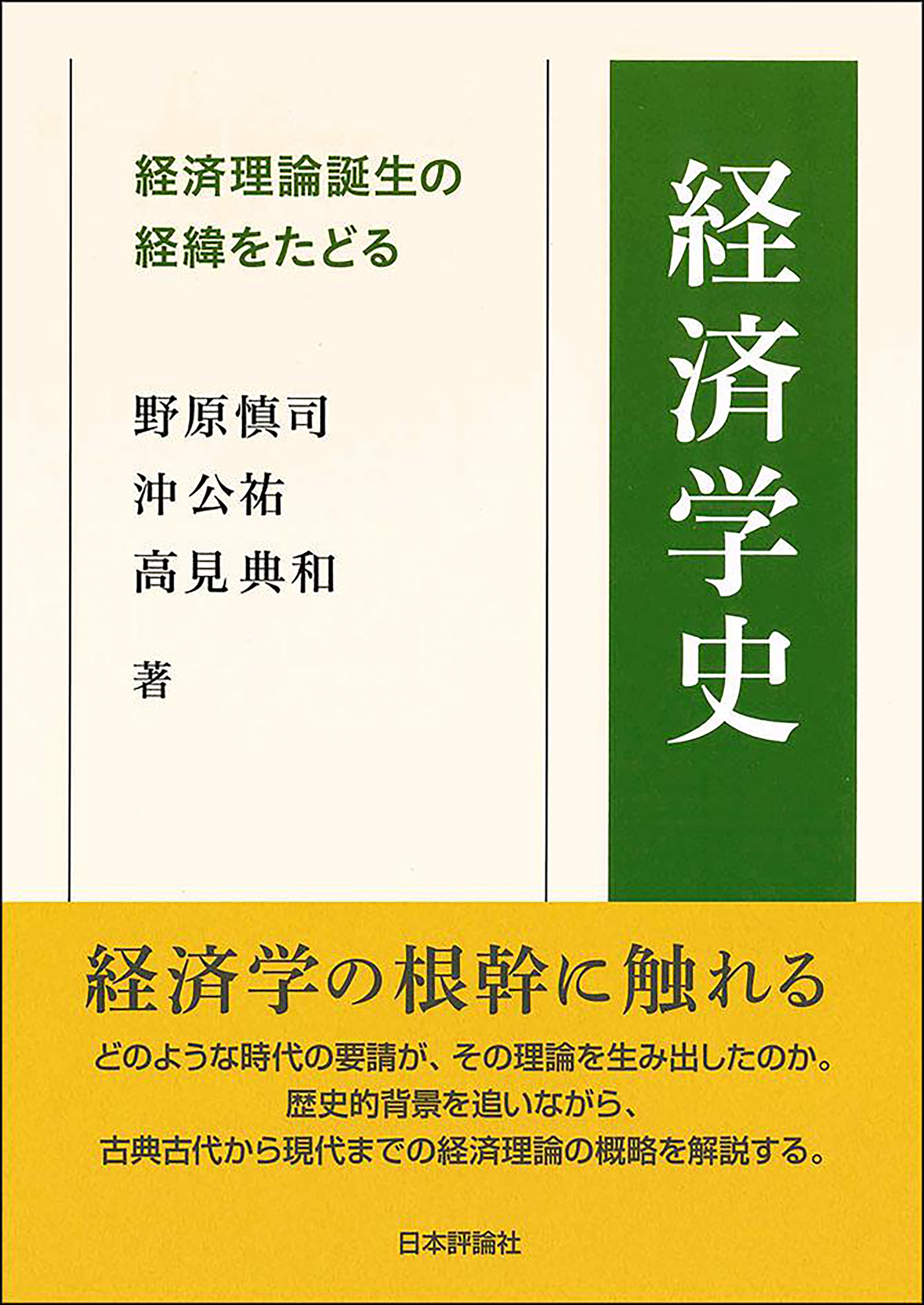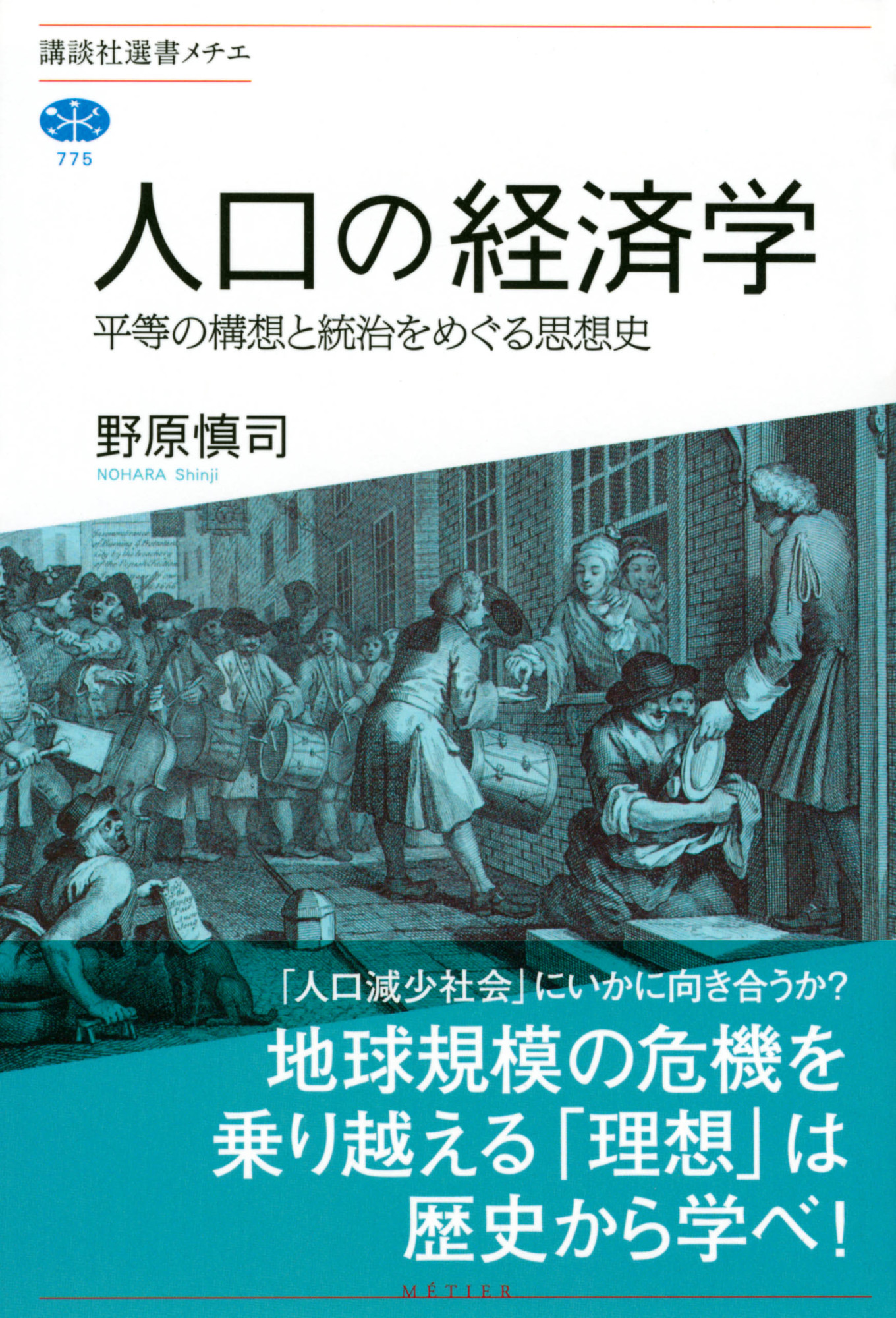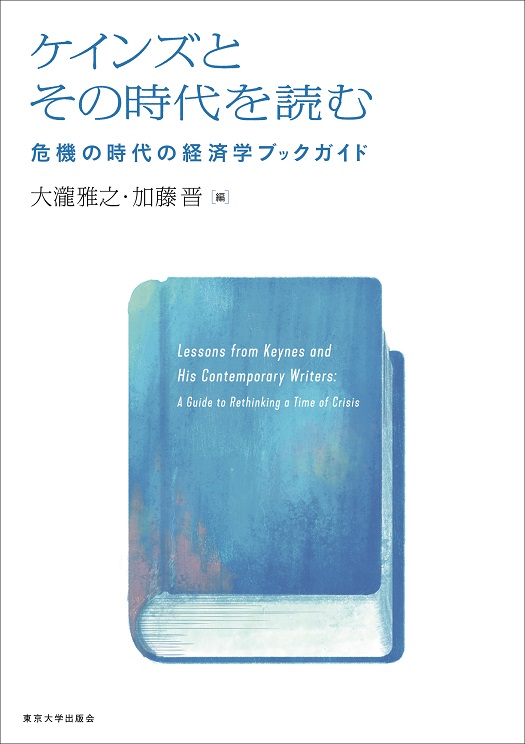
Title
Keizaigakushi (A History of Economics - Tracing the birth of economic theories)
Language
Japanese
Released
July, 2019
ISBN
978-4-535-55927-1
Published by
Nippon Hyoron sha co., Ltd.
Book Info
See Book Availability at Library
Japanese Page
Economics is not an easily approachable subject. First, progress in economics-related study brings forth countless complex mathematical formulas and abstract theory. These provide means for logical analysis and are indispensable for explaining economic phenomena. While economics textbooks provide clear and concise explanations of theory, these theories are apt to be considered too abstract, making it difficult for readers to see their relationship with practical economic reality and dampening any interest the person may have shown in economics. The cultivation of curiosity and interest is necessary in economics, an academic field in which advanced analytical mechanisms have been developed and in which theoretical models are highly abstract.
A look back at the history of economics is one way of resolving this problem of finding a meaningful pathway into the field. This approach provides a historical backdrop for the emergence of individual economic theories. What at first glance seems an abstract economic theory was initially an attempt by an economist to resolve a practical social issue of the time. Even when the intention of the individual economist might have been more narrow, the offered theory often turned out to meet an essential demand by broader society at that time. The history of economics thus places economic theories in an understandable historical framework and presents a “map” that provides an overview and guide to theories across the field. Such a map makes it easier to grasp even difficult economic phenomena, as one can untangle their seemingly complex interconnections. In these ways, a knowledge of the history of economics makes it easy to understand how and why an economic theory emerged. This bird’s-eye view of economic theories over time is an excellent means of enhancing understanding and stimulating a search for new knowledge.
This book on the history of economics has been written such that it can be readily and effectively used as a university textbook. It is also perfect for the general reader interested in gaining an overview of the economics field through its history. Great care has been taken to make the text and explanations easy to understand even for beginners. It differs from other such books by covering a broader range of topics. For a sounder foundation, economic thinking from ancient times and the Middle Ages is also referenced, together with Marxian economics. Advanced ideas in contemporary economics, including behavioral economics, etc., are explained in detail. Another difference between this book and others is that this book was written by three authors, each in charge of specific topics. Similar books are generally written by one person or by multiple authors, each in charge of a chapter. While there are merits to either of these approaches, there are also inherent problems: the history of economics is simply too broad and dense for a single author, and a book by multiple authors often ends up providing only fragmentary insights. The three authors of this book on the history of economics each covered their own field of expertise, as well as topics from nearby, related fields. This enabled both solid, in-depth presentation and coverage of a broad range of topics. At the same time, because only three authors were involved (arguably the minimum number for effective division of labor), consistency and readability were achieved. In this way, this book is both easy to understand and enjoyable to read.
(Written by NOHARA Shinji, Associate Professor, Graduate School of Economics / 2020)



 Find a book
Find a book


 eBook
eBook

